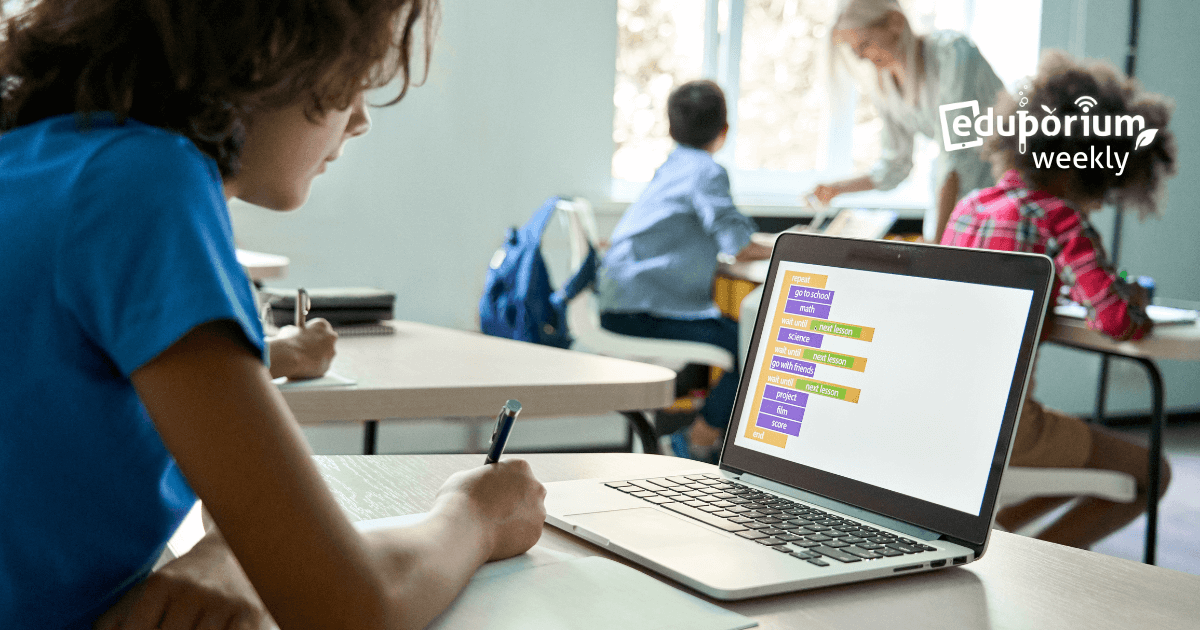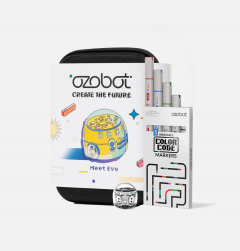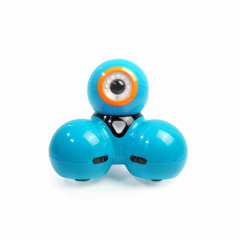Our increasingly tech-based world continues to rely heavily on programmers, making coding education an essential part of K–12 curricula. Whether students are completely new to programming or have a bit of background, there is a coding language suited to their skill levels. And, the earlier they can explore different languages, the better. Current high school students will almost certainly need to know programming in one form or another in the future. As for children currently in elementary school or kindergarten, their chances of needing coding for future employment look even greater. Many students, especially those interested in top STEM careers, can begin to learn coding fundamentals as early as preschool. Once they have the basics down, they can progress through the more advanced languages.
Blockly
Blockly is a simple coding language that's best for beginners and younger students. In Blockly coding environments, children build programs by connecting individual blocks that all represent different functions. Typically, these blocks are color-coded to differentiate their functions. In Wonder Workshop's block coding environment, for example, students can control the Dash Robot using the green movement commands or the purple animation blocks. Its accessibility makes Blockly most appropriate for students in elementary school, even those as young as six years old. It's also super versatile, so students can use it with tons of other STEAM tools. By linking the code blocks together, they can explore coding basics in the classroom with tools like the Dash Robot, Ozobot Evo, Edison Robot, and more.
Starting out with using the Blockly coding language.
Blockly was originally developed by the Google team to help children see and learn about coding concepts using interlocking blocks, and it's been a proven approach in introducing them to coding ever since. The blocks could represent any of the most significant coding elements, like variables, logic, or loops. Because Blockly is now an ideal coding language for beginners, many manufacturers of educational robotics tools incorporate block coding in their products. Blockly is great for beginners because they don't have to create the syntax (or typed code) themselves. As such, they don't have to deal with any complexities of advanced coding, which helps reduce intimidation. Plus, most Blockly coding resembles a game, with plenty of bright colors and friendly icons, helping students feel comfortable with the interface.
The OzoBlockly environment in elementary coding.
One of our favorite tools for beginner coding is the Ozobot Evo and its accompanying OzoBlockly coding environment. This platform is accessible through web browsers, and it's compatible with many devices that students typically use in their classroom, such as tablets and laptops. It features five levels of programming for students to explore—all of which progress in complexity and incorporate some increasingly challenging elements. Using OzoBlockly, students can control the movements, pauses, lights, speed, and direction of their robot simply by dragging the blocks into their program and customizing various parameters. With the OzoBlockly editor, students can design programs and learn how to upload them to their robot. From there, they can see firsthand how digital program design leads to tangible actions for a robot to carry out.
Scratch
One of today's top programming languages, Scratch features a graphical, drag-and-drop environment that is designed for new coders. Created to ease kids into slightly more complex coding and promote the values of creative problem solving, this block-based language is common in introductory CS lessons. It was developed at MIT, and it's completely free and web-based, making it accessible for everyone who has an Internet connection. Within the Scratch environment, students can program interactive stories, games, and other customizable creations. Like with Blockly, Scratch programs feature different kinds of blocks that children can differentiate by color. Students simply select, drag, and drop blocks into the program to make sequences. And, through this process, they start to think creatively and develop systemic reasoning skills.
Teaching students to code with Scratch.
Scratch coding for kids is perfect for those between the ages of 8 and 16. It helps students see coding as something fun and enjoyable rather than something too challenging for them to master. Since coding is now an essential literacy, Scratch helps kids dive in to coding without intimidation or apprehension. Best of all, children can use it in any school subject, including math, computer science, social studies, and even English. The games and challenges within the Scratch online environment are completely customizable, so educators can incorporate them into multiple subjects. For teachers who are just starting out, there are lots of helpful tutorials for Scratch coding lessons on their website as well. Both teachers and students can use them to learn proper block placement and how to build and create with Scratch.
The blocks in the Scratch coding language.
The interactive nature of Scratch shines with its block-based formatting. As students build programs that control the actions of a character, they'll use blocks from multiple categories to tell a story. The categories include motion, looks, sound, events, control, sensing, operators, and variable blocks for programming the on-screen Scratch cat. Motion blocks include simple movements, like turning, gliding, and moving forward, but also more complex interactions. Specifically, children could program their characters to say something, wave, or make a sound, too. Or, with events blocks, students can program their character to do something based on an outside event. For example, they could have it turn around when the volume reaches a certain level—an example of an 'if-then' statement. Scratch's extensive options allow students to insert, rearrange, and remove blocks to create the perfect program.
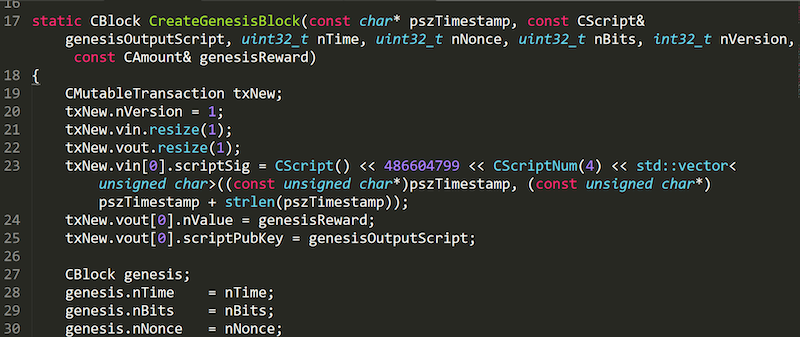
C++
Another programming language students can use to build up their foundations for future coding success is C++. Unlike Scratch and Blockly, C++ is a text-based coding language that will expose students to a more complex side of programming. This time-tested language has been around for over 40 years, and it plays a major role in how we use computers and the Internet. There are elements of C++ found in many aspects of the Internet and other media we consume regularly. And, not surprisingly, its flexibility and functionality are two of its most appealing features.
A background on the C++ coding language.
Being skilled with coding in C++ will allow children to take on all sorts of challenges in the future. The language helps power many of today's operating systems, web browsers, microcontrollers, and video games. At the heart of C++ coding, users build code around objects and classes that they can manipulate with functions. Since it is a text-based language and fairly complex, students typically don't start exploring it until high school. Middle school students, however, could also try it, depending on their proficiency and computer science foundation. In using C++, programmers routinely write their own code using a text editor. And, students can access various free platforms to start learning this skill as well.
STEM Solutions for C++ coding.
As for STEM tools to use in teaching C++ coding to students, there are a few on our radar. Again, it's best for students to have a background in more simplistic coding languages before they try C++, but once they do, here are some recommendations. The first is the UKIT Advanced from UBTECH Education. With this kit, students can build robotics devices and program them using the uCode software, which includes both C and C++ coding. Then, there's the mBot-S, which integrates with the Arduino IDE. Students can access the mBot's Arduino IDE in the mBlock environment and find the option for C++ coding. Besides that, the NAO Robot V6 is another, more advanced robotics solution that incorporates the C++ language.
Python
Python is next among our list of programming languages to know for success in a future that's filled with computer science and technology. The Python programming language is certainly more complex than the Blockly and Scratch languages and doesn't use the same types of graphical representations in programs. Since Python is text-based, students need to know syntax and how to effectively communicate what they want programs to do. Despite the fact that it’s more advanced, Python is fairly easy to pick up for anyone who's used other coding languages before. And, some coding and robotics tools help teachers introduce Python to kids as early as upper elementary or middle school.
What the Python coding language is like.
Python is an open-source language, which means that anyone can use and distribute it. Among potential educational and real-world uses for Python are in network programming, software development, or game development, which are valuable skills for programmers. Getting started with Python is easy, too, and the downloads are all available in the footer of the website, including software updates, source code, licenses, and different versions for both Macs and Windows computers. What’s great about Python is that it makes solving problems with code almost as easy as writing out thoughts. Because Python is a text language, programmers must often do things like processing text, numbers, images, and other data. And, computers don’t convert the text to code ahead of time, but rather in real time as the program's running.
Robotics tools for coding with Python.
As for STEAM tools to use in Python coding, there's overlap with those kids might have used when starting out with coding. Many robotics solutions feature beginner-level coding with Blockly, for example, and also include an option to progress to a more complex language, like Python. We've mentioned it already, but the mBot-S is a good example. Some other robots include the Edison Robot or Finch Robot 2.0. The Edison environment, which is known as EdPy, is more detailed and dedicated to coding with Python. For EdPy in particular, teachers can even access lesson plans to make preparation easier. With the Finch 2.0, students can install a special editor and code in Python on Macs, Chromebooks, or Windows computers. They can experience controlling many of the Finch's actions by typing code into the editor as they explore Python.
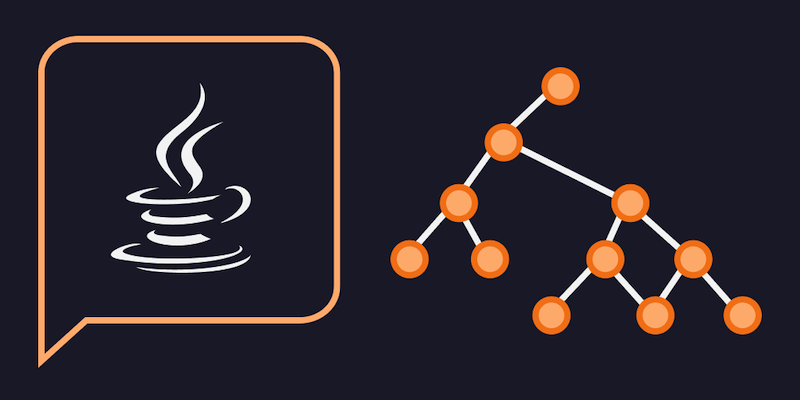
Java
Lastly, we have Java, which is one of the most widely known and most useful coding languages. Java is an object-oriented language that computer scientists use to run billions of devices. Today, it's a high-level and general-purpose programming language that is used throughout various industries. Many programmers preach about Java being surprisingly simple to understand and interpret. Despite its complexities, learning how to code in Java isn't as intimidating as you might think. Students as young as 12 years old could give Java a try, and—you guessed it—there are some STEAM tools to help them do so.
Why is Java important?
People use Java in everything from web development to game creation across some of the most important industries in the economy. It helps web developers add key features to their websites, especially on mobile versions and apps. Mobile apps comprise a huge chunk of our everyday lives, and new ones are constantly emerging. Thus, knowing Java provides unique access to key behind-the-scenes details of many of these integral apps. Besides that, many of the platforms and services we use on the Internet each day run Java. These include shopping sites, government sites, healthcare sites, and education sites. Java is also a very secure language, with built-in security features to prevent breaches and other issues.
How and why to learn the Java coding language.
One of the best STEM tools for teaching the Java language (as opposed to JavaScript) is the Finch Robot 2.0. It is compatible with six relevant programming languages in all, including Java as one of the most robust and challenging. High school and college students can explore Java with the Finch 2.0's text-based environment, which is accessible on Macs and Windows computers. And, Java's ubiquity and open-source nature make it an ideal language to learn to unlock future job opportunities.
For the latest EdTech, STEM, and 21st century education news, follow us on Twitter and Instagram. Like us on Facebook, too, or sign up for our newsletter for our latest product announcements and offerings. If you have an idea for an Eduporium Weekly theme, send us a message on social



